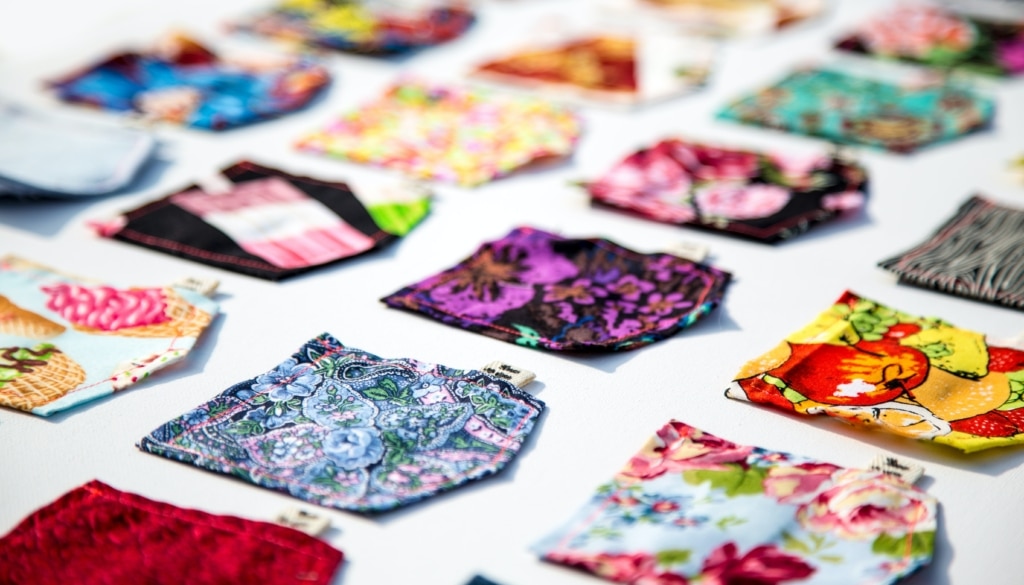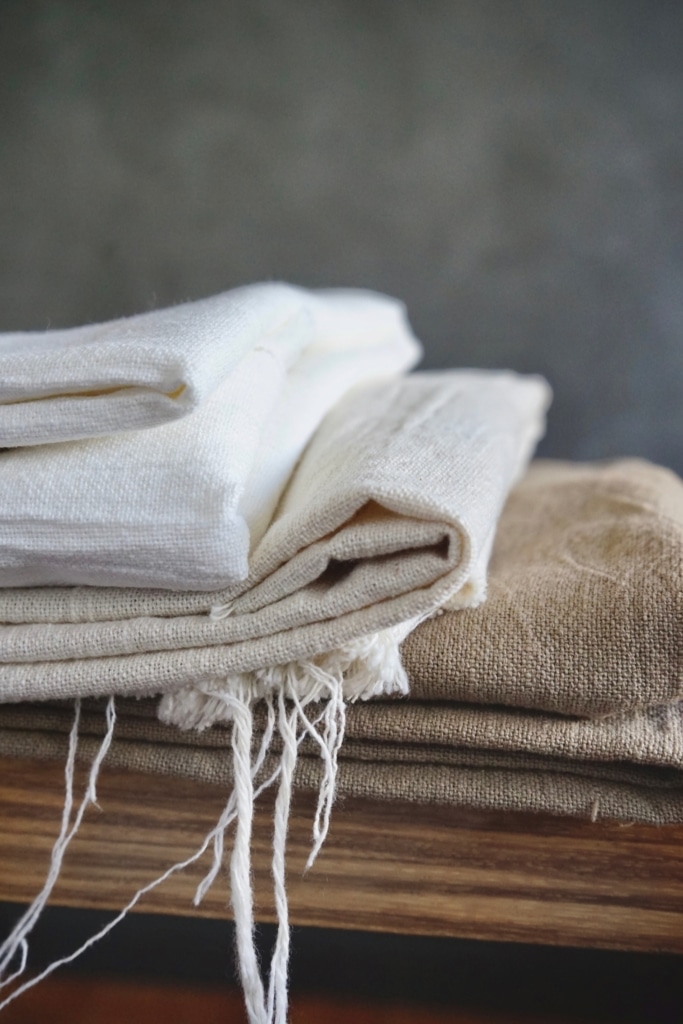How to Shop Mindfully This Holiday Season
This time of year there is often an emphasis on overconsumption, with holiday sales announcements and limited time deals







Sellery has recently soft-launched with select brands who are disrupting the fashion industry by improving its social and environmental impact. We appreciate your patience as we continue to bring you even more best-in-class brands!
Help us disrupt the fashion industry. Join the movement and receive a discount on your first purchase!
We all have those items in our closet that hang gathering dust: maybe it’s a galaxy print hoodie, a forgotten neon Triangl bikini, or *shudder* a pair of extra stretchy jeggings. The garments we stuff at the back of a remote cubby in our closet, never to be worn again. Just as we have clothes we don’t wear anymore, turns out businesses do too – it’s called deadstock. For a fashion company, deadstock can pile up for a number of reasons. Sometimes, garments are produced defectively (you know, shirts that are missing a buttonhole, pants with a misplaced pocket?) and cannot be sold. Sometimes businesses misjudge their sales and order too much of a certain item from their suppliers. A lot of the time, our light-speed trend cycle is the culprit. Bucket hats will be all the rage until suddenly, they’re showing up on those “Trends we’re ditching in 2023” Youtube videos, and businesses are left with piles of deadstock bucket hat fabric. Deadstock can also be produced further upstream in the fashion supply chain. Fabric mills can find themselves with an excess of material for a number of reasons: order cancellations, printing defects, and, yet again, errors in production forecasting. Many fashion brands are turning to deadstock as a way to embody sustainability. Does deadstock deserve a “green” categorization?

Many businesses are turning to incorporate deadstock into their new garments. This means buying deadstock from suppliers and using it to make clothing that fits their brand. Think of it like upcycling: taking something that was destined for the landfill, or worse, the incineration pile (yes, some luxury brands will burn deadstock to keep an air of exclusivity) and giving it a new life. Objectively, deadstock fabric has a fraction of the water footprint, carbon footprint, or any other planetary impact compared to new fabric. This is because it was rescued from the garbage – it was already produced. Brands are finding creative ways to work deadstock into their garments. They are creating one of a kind pieces, using it as material for limited edition pieces, and even as filler for winter jackets. Seeing as deadstock fabric is usually an unusable byproduct, it is much cheaper to purchase than new material, making deadstock a much more accessible input for small businesses and independent designers.
Ultimately, deadstock fabric would have ended up on mall racks if it weren’t for the failures and inefficiencies of the fast fashion system. This makes it difficult for brands to associate any sort of claims with deadstock fabric. Were the garment workers that produced it paid fairly? Probably not. Was it dyed using toxic inks? Maybe… A lot of the time, the answer is a mystery. Whilst it is a blessing for small designers, deadstock relies on fast fashion to continue to produce enormous amounts of waste. No waste would mean no deadstock.


It is clear that deadstock fabric isn’t the silver bullet that will transform the fast fashion machine. However the reality is that we live in a world where baby steps towards sustainability are better than nothing, and that fashion waste isn’t going anywhere anytime soon. We exist in a key turning point, where two systems coexist. The old, wasteful, linear system: where deadstock attempts to clean up the mess from the “waste” part of the central “take-make-waste” tenet. At the same time, sustainable fashion pioneers are moving towards a circular system. This is a system where we adopt cradle-to-cradle practices, where little-to-nothing is wasted, and harmful externalities are minimized. In a future world, the circular system will wholly eliminate the linear system, and deadstock along with it. But until then, using deadstock is a good way to mitigate part of the damage left behind by fast fashion. Knowing this, it is safe to say that deadstock is a step in the right direction, for now.
Karishma Porwal is a 25-year-old climate activist, educator, and creator living in Cambridge, Canada. She works at a nonprofit in the sustainable finance space and is currently completing her Masters in Sustainability Leadership. You can find more of her content at @karishmaclimategirl on Instagram and Tiktok.